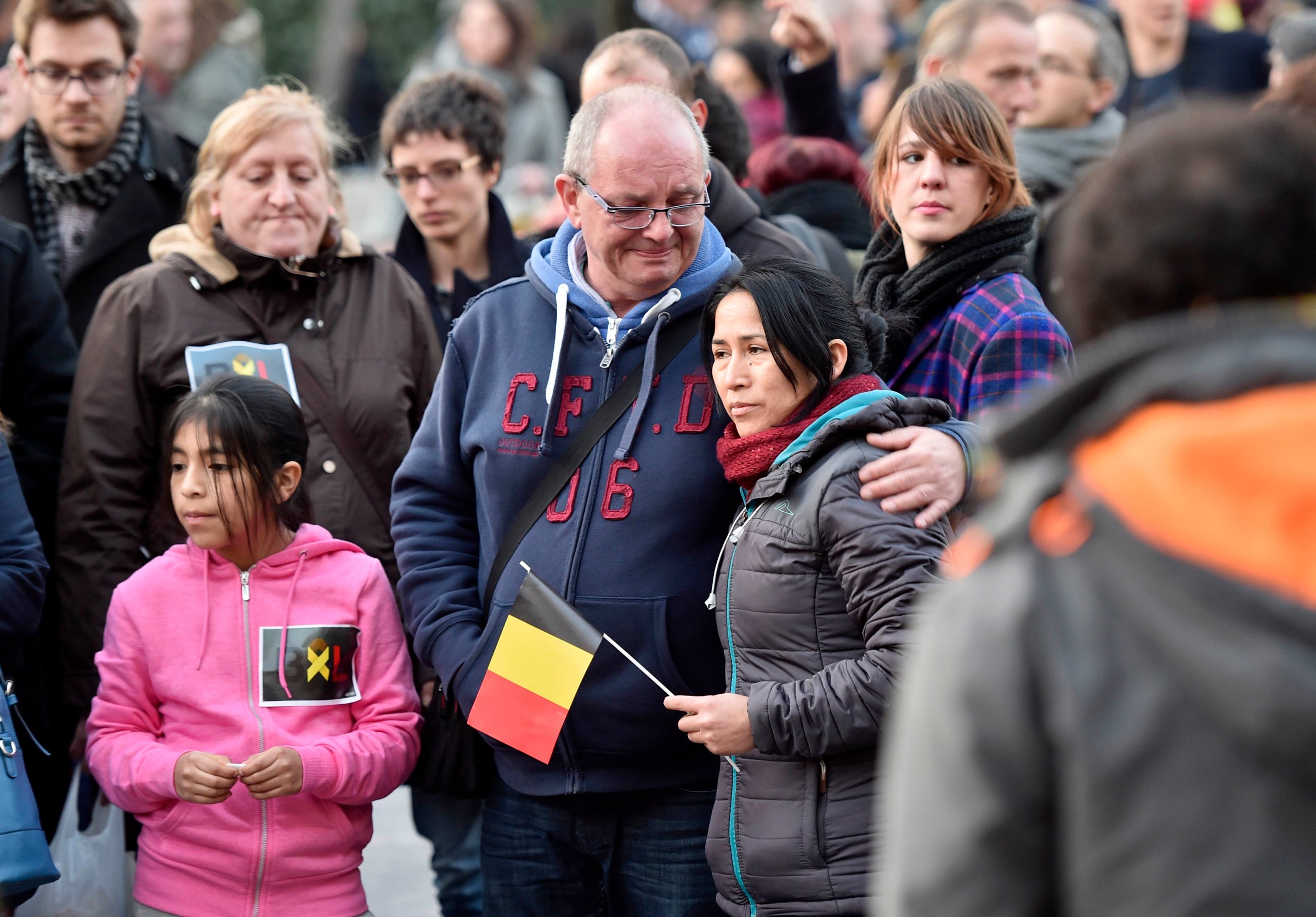
Cook is a psychologist and associate professor at Yale University and an Op-Ed Project Public Voices Fellow
At least 50% of individuals in the U.S. experience exposure to potentially traumatic events. Trauma, as defined by the U.S.’s official psychiatric classification system, means direct exposure to actual or threatened death or serious injury to one’s self or to a loved one. It can also include indirect exposure, learning about the death of or violence to a loved one or repeated exposure to the consequences of a traumatic event.
As the world reels from Tuesday’s Brussels attacks, which struck the airport and a metro station and killed at least 31, it’s not unusual for our anxieties about what could happen to us in public places—on the subway, at the airport, at our schools and at our churches—to increase. Traumatic events even not directly experienced can pack a pretty hard wallop on anyone’s mental health and functioning, and they typically do—at least immediately afterwards and shortly thereafter. Some people may feel more emotionally impacted than others, so we shouldn’t judge ourselves or others for how we respond to events in the news.
As I’ve written before, the reactions of people who have survived a trauma are different from those who learned about it secondhand on TV. But we can all feel emotional distress in hearing about sad events.
Just as someone may have a susceptibility to physical health problems (cancer, diabetes, high blood pressure), some of us are more vulnerable to mental health difficulties like post-traumatic stress disorder. Studies show that there are before (pre-trauma), during (peri-trauma) and after (post-trauma) factors that influence a person’s susceptibility to PTSD.
Pre-trauma factors that put you at more risk for PTSD include being female, having lower cognitive functioning (lower intelligence and level of education), having a general negative outlook on life, experiencing difficulty tolerating emotional distress, having a family history of mental health problems and having prior traumatic exposure. These risk factors are statistically significant but relatively small.
What happens during and after a traumatic event can have more of an effect. During the traumatic event, if you perceive life threat, have an intense emotional response including feeling as if you’re outside of yourself or watching the trauma unfold, or adopt an avoidant coping style (drawing into yourself and not engaging in problem-solving), then you may have a greater chance of having mental health distress.
After the trauma, the strongest risk factor for PTSD is a lack of social support. It might seem intuitive, but good social support can do a lot for people who have experienced traumatic events.
As a psychologist who specializes in working with trauma survivors, I ask my patients in group therapy to not “compare” their traumas. It’s better for those dealing with trauma to see their commonalities than to see that some of them have had it “worse.”
In times of difficult life experiences, its important to engage in active coping strategies (such as problem-solving), maintain routine (in order to promote familiarity and controllability), take good care of oneself (keep up with daily hygiene, eat a healthy diet, get adequate sleep and exercise), engage in pleasurable activities (seek fun in an activity without excess such as taking walks or learning a new skill) and find supportive people (reach out and ask for help).
More Must-Reads from TIME
- Inside Elon Musk’s War on Washington
- Meet the 2025 Women of the Year
- The Harsh Truth About Disability Inclusion
- Why Do More Young Adults Have Cancer?
- Colman Domingo Leads With Radical Love
- How to Get Better at Doing Things Alone
- Cecily Strong on Goober the Clown
- Column: The Rise of America’s Broligarchy
Contact us at letters@time.com